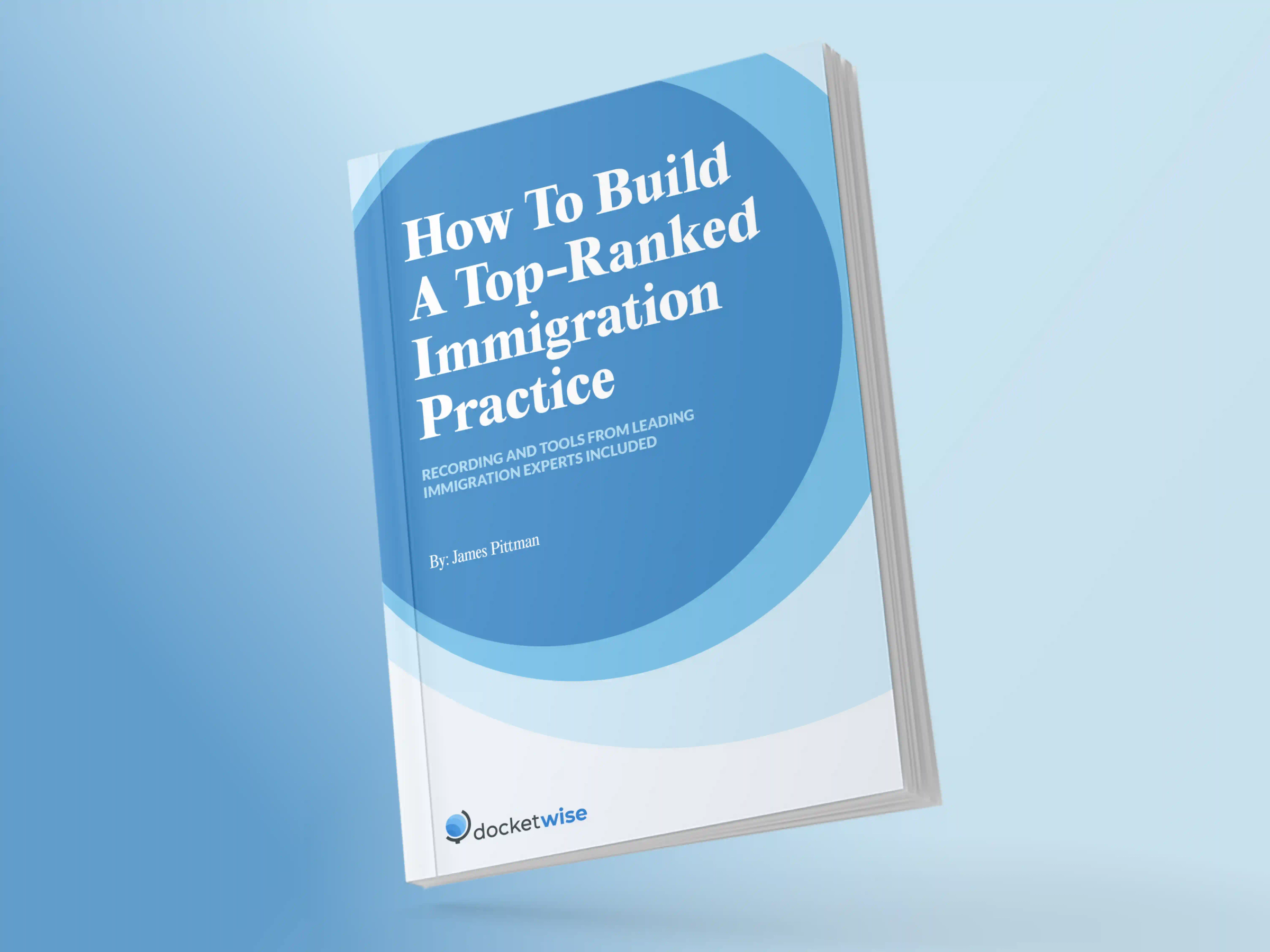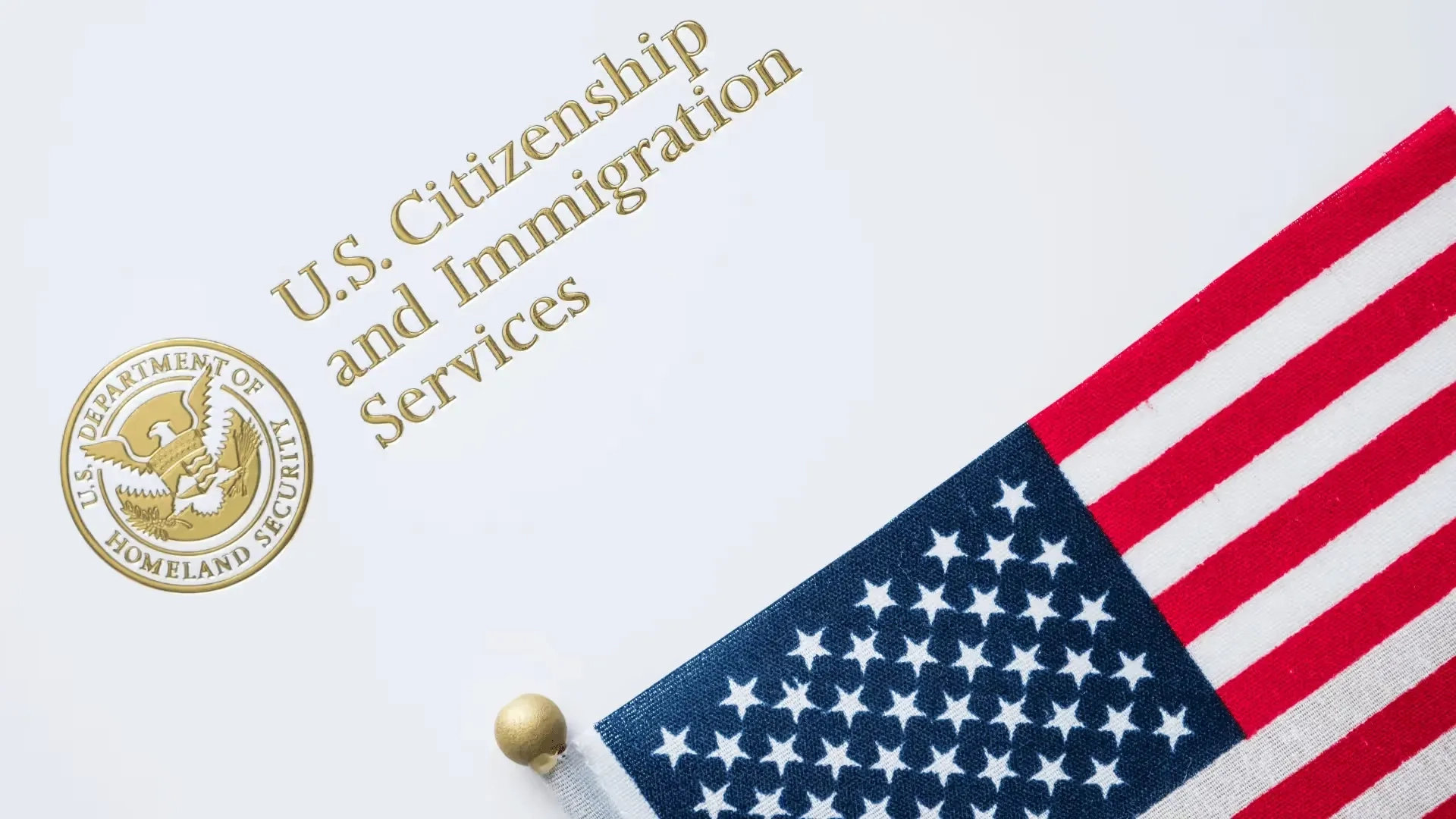In a pivotal stride toward integrating modern technology with regulatory frameworks, President Joe Biden's recent executive order delineates the strategic development and application of artificial intelligence (AI) across various sectors, including immigration.
This executive order is very important for redefining the contours of technology, labor, and immigration within the United States, heralding a transformative era.
Overview of President Biden’s Executive Order
President Biden’s executive order on artificial intelligence sets out to establish the United States as a leader in AI innovation while ensuring that the development and deployment of AI technologies are safe and secure.
The executive order aims to advance AI's technological capabilities and sets stringent guidelines to manage risks associated with AI, such as privacy breaches or ethical missteps.
The AI executive order also focuses on how the United States can streamline the process of acquiring global talent and skilled professionals in AI and related fields. This includes changes to the J-1 Exchange Visitor Program and F-1 visas for students in STEM fields.
Now let’s go from an overview to a deeper analysis.
How the US is Attracting International AI Talent
The U.S. is implementing refined visa policies to attract skilled professionals in artificial intelligence and other emerging technologies. These policies are part of a broader strategy outlined in President Biden’s executive order, which emphasizes streamlining and expediting visa processing to remove barriers for high-skilled workers.
This approach not only addresses the immediate needs of the tech industry for specialized skills but also aligns with the long-term goals of sustaining the U.S.'s technological leadership on the global stage. By creating a welcoming environment for international talent, the U.S. reinforces its commitment to innovation and competitiveness in the tech industry.
Changes to the J-1 Exchange Visitor Program
The proposed changes to the J-1 Exchange Visitor Program are particularly significant. They are designed to make it easier for individuals involved in AI and related technologies to participate in educational and cultural exchange in the U.S.
This not only aims to enrich the talent pool but also facilitates the transfer of knowledge and fosters international collaboration. While these modifications promise numerous benefits, they also present challenges, such as ensuring the program's integrity and managing the balance between openness and security.
Policy Changes to Attract AI Talent
The executive order from President Biden introduces significant policy changes designed to attract top AI and STEM talent to the United States. By updating visa pathways and modernizing immigration processes, the order aims to simplify and expedite the entry of skilled professionals into the country.
These changes include adjustments to the criteria for visas such as O-1, EB-1, and EB-2, making it easier for exceptional talent in high-tech industries to work in the U.S. This proactive approach not only fills gaps in the current workforce but also ensures that the U.S. remains at the forefront of global innovation in science and technology.
Implications for the U.S. Tech Industry
The implications of the EO for the U.S. tech industry are profound. By facilitating the entry and retention of international AI talent, the U.S. can enhance its pool of expertise, driving innovation across various sectors including software, biotechnology, and engineering.
This strategic enhancement of the workforce is expected to boost the tech industry's capacity for innovation, thereby maintaining and strengthening the U.S.'s position as a global leader in technology. Moreover, the influx of skilled workers is likely to stimulate economic growth, foster job creation, and promote a competitive marketplace.
Conclusion
President Joe Biden's executive order on artificial intelligence signifies a crucial pivot towards harmonizing technological innovation with strategic governance, setting the stage for the United States to lead in AI and related fields globally. This directive underscores the administration's commitment to safe and secure technological advancement and also strategizes the attraction of global talent critical for driving innovation. By implementing policy changes that streamline visa processes and modernize immigration for AI and STEM professionals, the order aims to enhance the U.S. tech industry's competitive edge internationally, emphasizing the role of AI immigration policies.
However, it also necessitates a cautious approach and vetting AI companies to ensure the ethical use of AI to avoid potential legal malpractices and uphold the rights of immigrants.
As AI continues to evolve, its thoughtful and responsible application remains imperative in transforming legal practices, ultimately benefiting both practitioners and clients with enhanced accuracy and efficiency in immigration processes, especially for those seeking extraordinary ability and exceptional ability visas.
Unlock Your Success as an Immigration Lawyer.
Download Now
About the author

Michael MielloContent Writer
